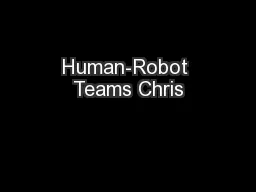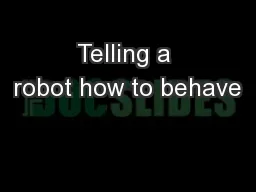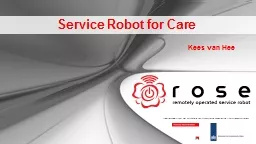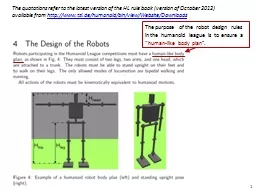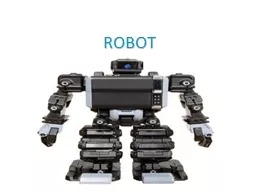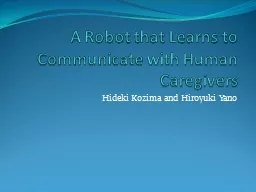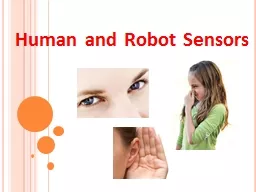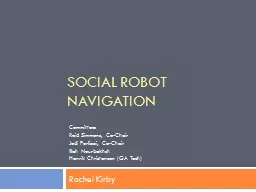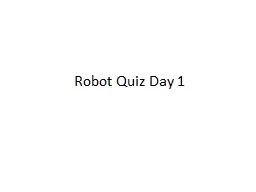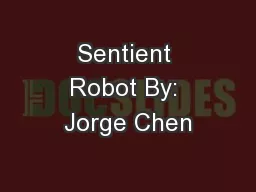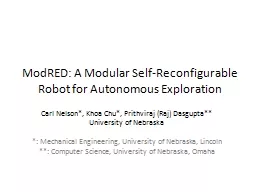PPT-Human-Robot Teams Chris
Author : pasty-toler | Published Date : 2018-03-06
Atkeson CMU With input from Florian Jentsch UCF and Jean Oh CMU Robotics Collaborative Technology Alliance RCTA and Katia Sycara CMU DARPA Robotics Challenge
Presentation Embed Code
Download Presentation
Download Presentation The PPT/PDF document "Human-Robot Teams Chris" is the property of its rightful owner. Permission is granted to download and print the materials on this website for personal, non-commercial use only, and to display it on your personal computer provided you do not modify the materials and that you retain all copyright notices contained in the materials. By downloading content from our website, you accept the terms of this agreement.
Human-Robot Teams Chris: Transcript
Download Rules Of Document
"Human-Robot Teams Chris"The content belongs to its owner. You may download and print it for personal use, without modification, and keep all copyright notices. By downloading, you agree to these terms.
Related Documents

